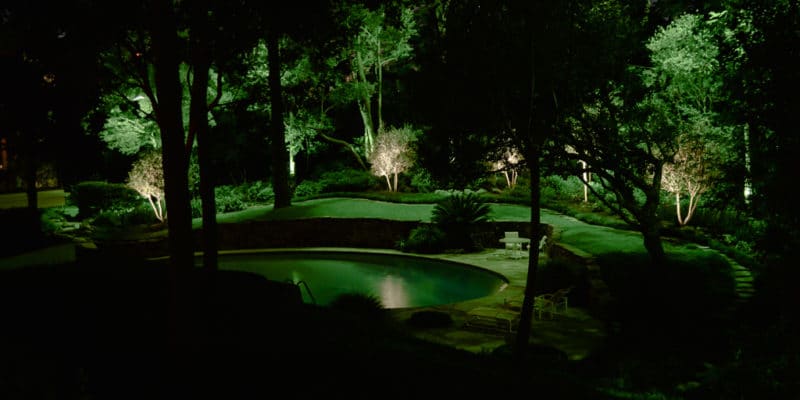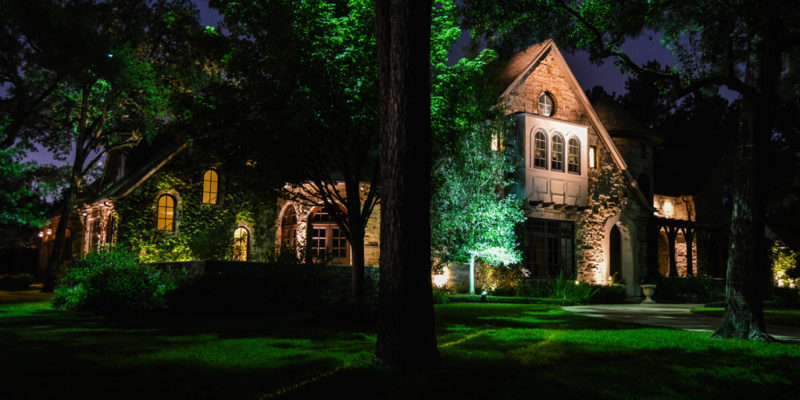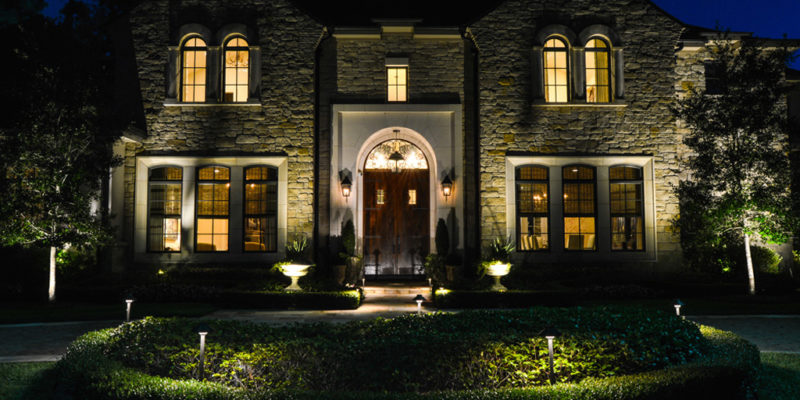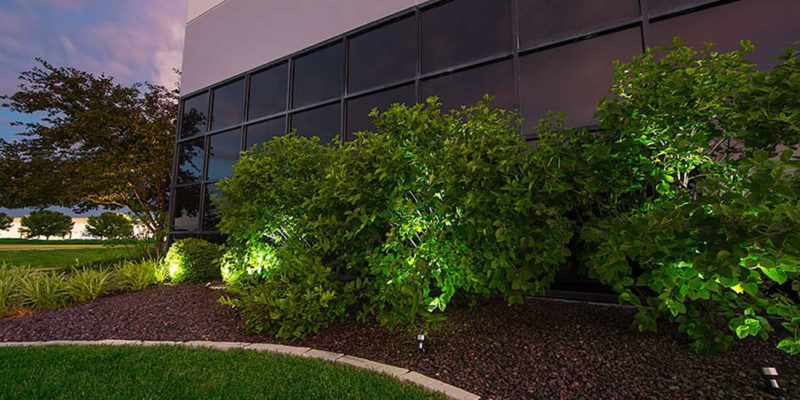How To Choose The Right Lights For Houston Residential Outdoor Lighting
At Robert Huff Illumination we help you navigate the ins and outs of all facets for your residential outdoor lighting needs. The intensity of a light is measured with a unit called a lumen. This is something you should pay attention to when checking the specs of a lightbulb or other lighting solution. The ideal amount of lumens for your outdoor lighting will vary in function of the type of lighting you need. Step lights, path lights, and hardscape or landscape lighting are typically used to create a soft atmosphere. There is no need to invest in bright lights for these uses, but you need to make sure your step and path lights will be bright enough so you can easily so the ground. The recommended range goes from 50 to 200 lumens for these lights. Some lights such as motion sensor lights or pond and pool lights need to be more visible for safety reasons. Look for lights in the 200 to 700 lumens range depending on the size of the area you want these lights to cover. Lastly, floodlights are used to light up a broad area and should be very noticeable, even from afar. You will want to look for lights in the 700 to 1,300 lumens range for this use.
LEDs or CFLs?
Should you get LED or CFL lights for your outdoor lighting system? LED lighting is a popular option and will probably be more adapted to your needs. Here is what you need to know about these two options. CFL stands for Compact Fluorescent Light. This technology relies on a filament that is heated up and becomes incandescent thanks to electric current. The downside of this technology is that exposure to extreme temperatures considerably reduces the lifespan of the filament inside of the bulb. The other downside of this technology is that it can take a few minutes for the filament to heat up and emit the full range of lumens of the bulb. LED stands for Light Emitting Diodes. These lights use small diodes rather than filaments. The diodes don’t emit any heat and are more resistant to extreme temperatures. They emit the full range of lumens right away. The biggest advantage of LED lights is that they use a lot less energy. In fact, a CFL bulb typically uses twice the amount of energy of an LED light with a similar lumen range. You should easily get the number of lumens you need for your outdoor lighting system with low-wattage LED lights and save money on your energy bills. The lifespan of LED lights is another advantage. An LED light will typically last five times longer than a CFL bulb. CFL might seem like the best option due to their lower initial price. However, the prices of LED lights have been decreasing and both technologies are available in a somewhat similar price range.
Other Features To Consider For Houston Residential Outdoor Lighting
There are a few features you should consider when choosing an outside lighting system. Start by looking at the lux of a light. The lux represents the amount of light per square meter. This spec will give you an idea of the size of the area that a single light bulb can cover. Keep in mind that one lux is based on how much illumination you can get by standing three feet away from a candle. Pay attention to the wattage of a light. A 200-watt bulb will use 200 watts per second of use. A light with a high wattage will result in higher electricity bills. If you want to install several high-wattage lights, think about hiring an electrician to install a new outdoor system. Get in touch with us if you need help with choosing the best lights for your outdoor lighting system! Also, be sure to take a look at other examples of our work, and slide on by our blog for a little inspiration!
Whether it’s residential outdoor lighting or commercial, lighting a patio, or custom lightscaping your whole yard, Robert Huff Illuminations has you covered. Feel free to call us or contact us today to see how we can help illuminate you.
